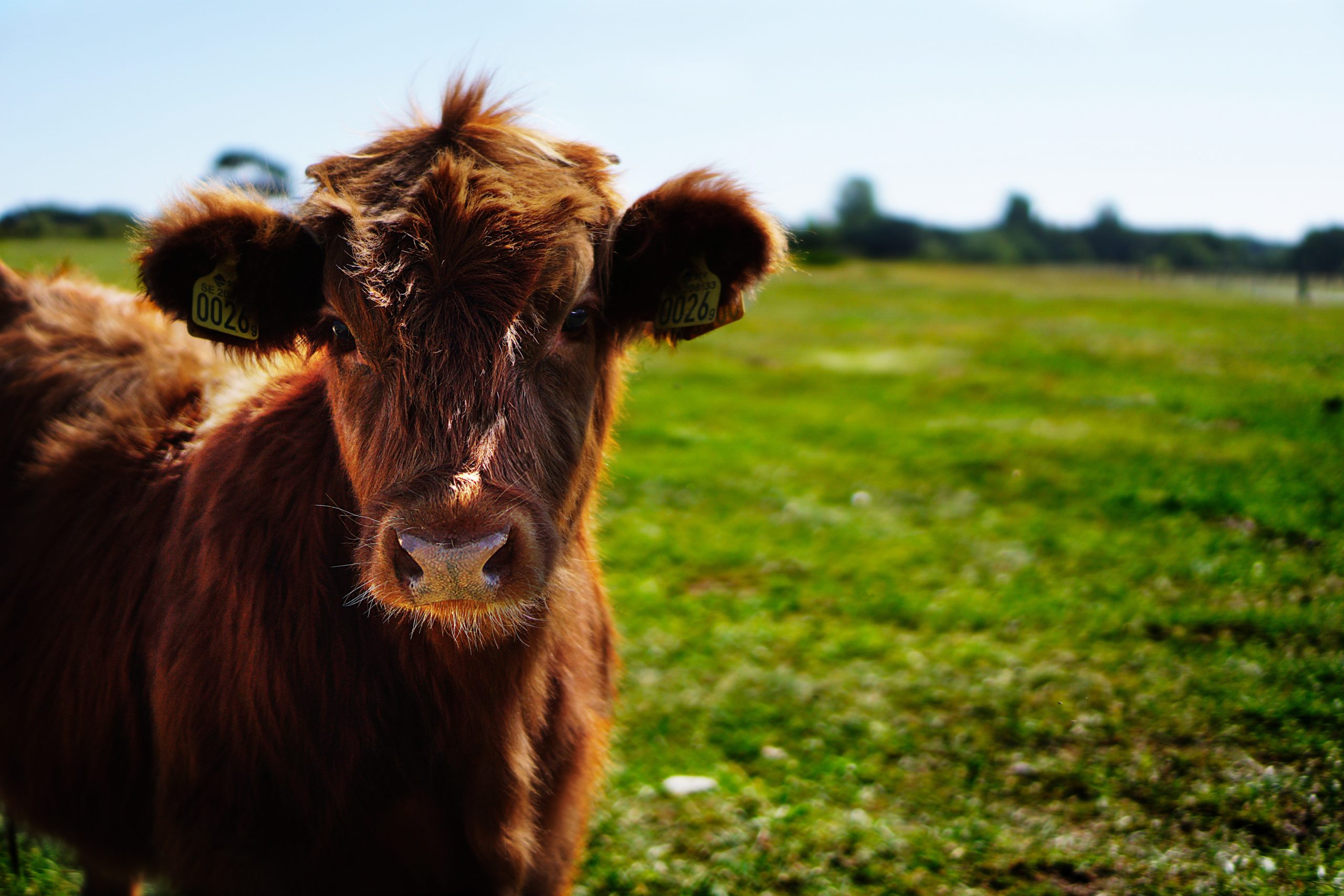Bovine leukemia virus (BLV) is an oncogenic retrovirus that infects lymphocytes (white blood cells).
What does this sentence mean? Oncogenic is simply the formation of tumors, and a retrovirus implies that it is very good at circumventing the body’s function against itself by infecting the cow’s white blood cells and merging its DNA into the cell’s DNA. This action allows the virus to effectively evade the cow’s immune system and go about its business without interruption.
The Cost
This pathogen can infect beef and dairy cattle; up to 5% of infected cattle will develop lymphosarcoma. This malignant tumor-forming cancer can cause premature losses in all cattle and decrease profit margins through suppressed immune systems in asymptomatic animals. With 30% of infected cattle developing a persistent leukocytosis, this is a potentially significant loss through unthriftiness and lower calving rates.

BLV spreads mainly by blood contact between animals. Using contaminated processing equipment such as taggers, reused needles, palpation sleeves, or castration knives is a significant vector of spread in a commercial operation. Biting insects, particularly horn flies and horse flies, also transmit the virus, and these vectors are probably responsible for the higher prevalence of infection for cattle operations in the Southeast. Evidence shows that BLV can be spread from an infected cow to her calf through colostrum, although this has a lower transmission rate from blood contact. Semen is another way to spread BLV and should be tested for before semen or new sire purchases.
https://dldlabs.com/cattle-services/
Biosecurity is Best for Bovine Leukemia Virus
The following measures can combat this incurable disease.
- Equipment used for castration, tattooing, or ear tagging should be adequately cleaned and disinfected between animals.
- Single-use, disposable needles should always be used by producers for blood collection and intramuscular injections.
- Handling facilities that become contaminated with blood should be cleaned and sanitized.
- Controlling biting flies should be a priority to help minimize the spread of BLV between animals.
- Quarantine new purchases for 45-60 and verify a negative status through an ELISA test before integrating animals into the home herd.
- Consider the annual testing of all animals in the herd.

